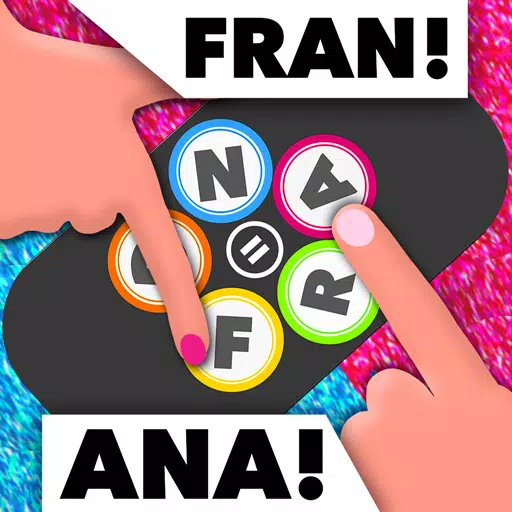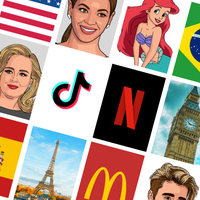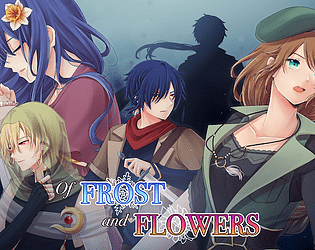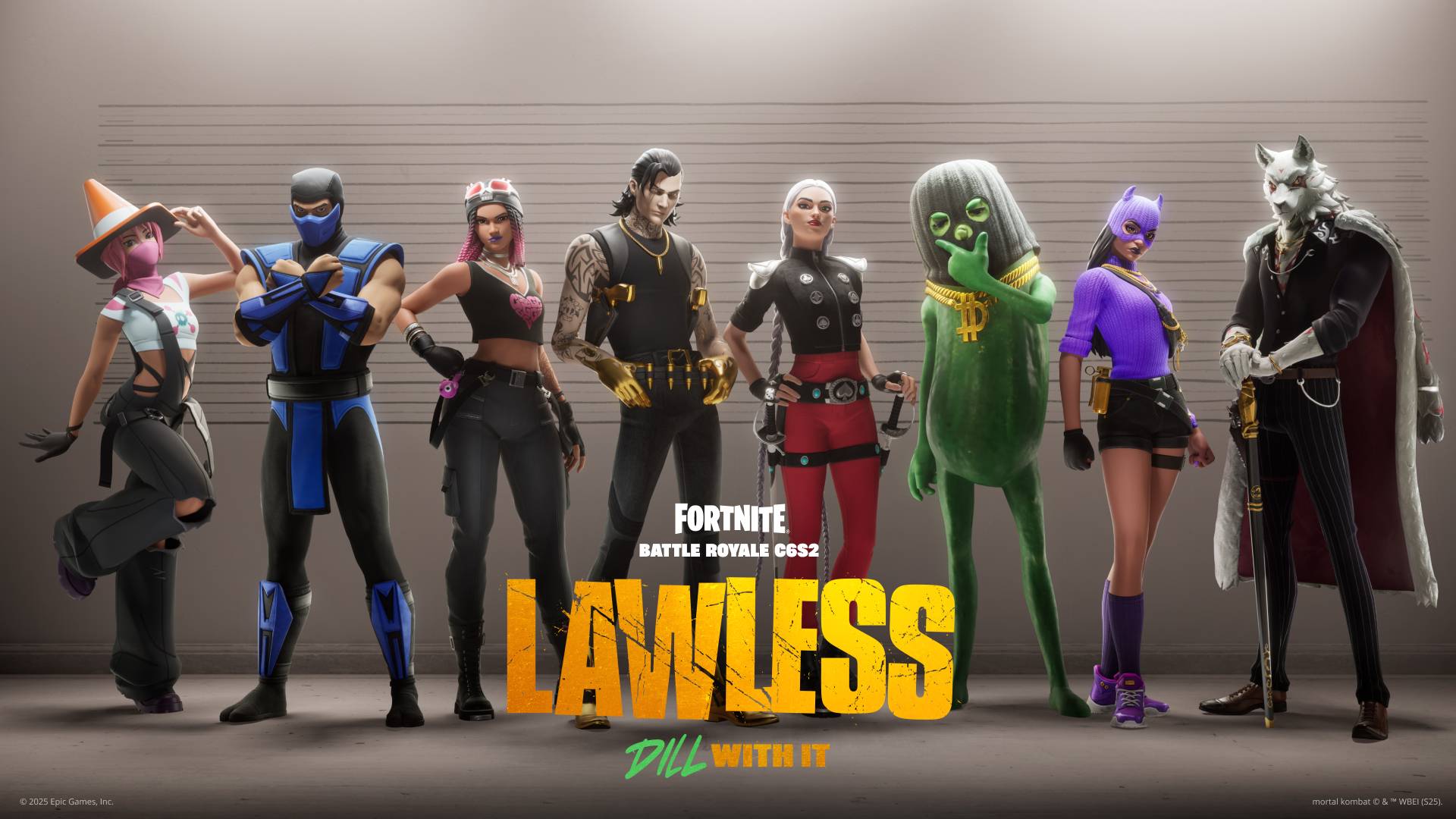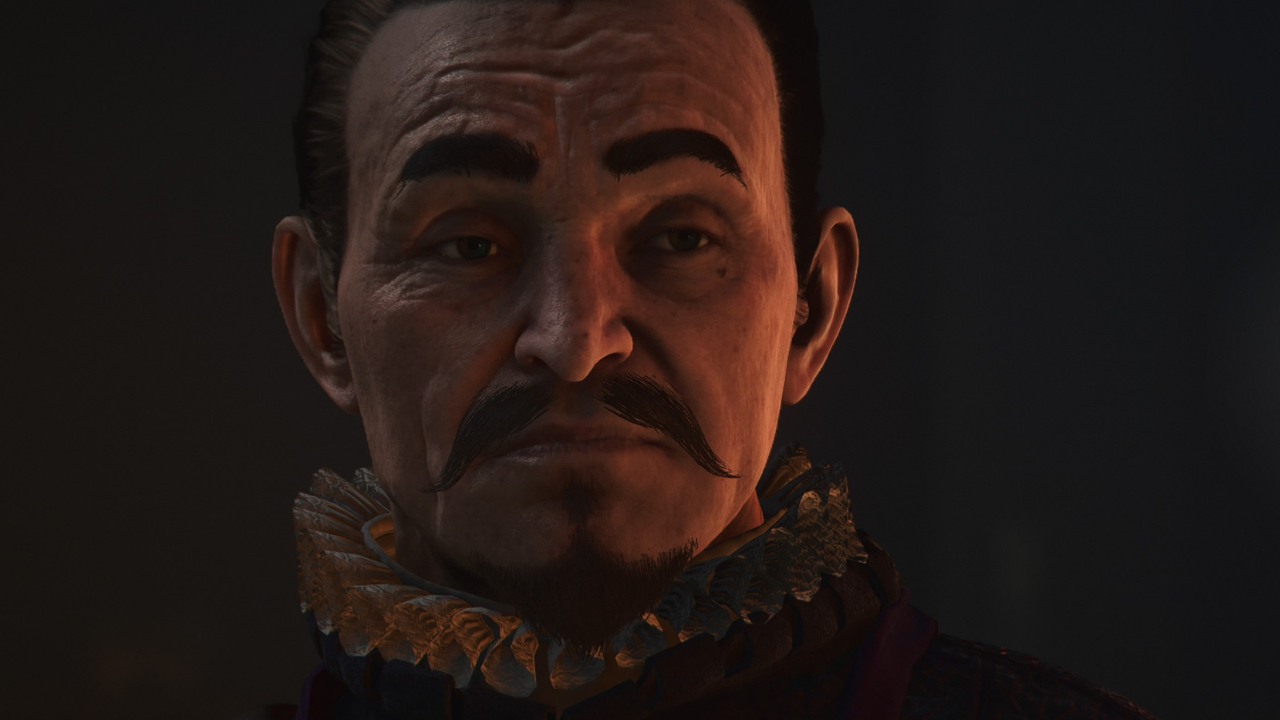Cinderella at 75: The Princess and Glass Slippers That Saved Disney
In 1947, The Walt Disney Company faced a dire financial crisis, burdened by approximately $4 million in debt following the underperformance of *Pinocchio*, *Fantasia*, and *Bambi*. World War II and other factors significantly impacted the studio's European markets and overall profitability. However, the release of *Cinderella* proved to be a pivotal moment, rescuing the company from potential ruin and securing its legacy.
As *Cinderella* celebrates its 75th anniversary, we explore the film's enduring impact, reflecting on its surprising parallels with Walt Disney's own journey. The story offered not only hope to the studio but also to a post-war world yearning for optimism and belief.
The Right Film at the Right TimeDisney's 1937 triumph, *Snow White and the Seven Dwarfs*, enabled the construction of the Burbank studio and paved the way for future feature-length animations. However, subsequent films like *Pinocchio* (despite its critical acclaim and awards), *Fantasia*, and *Bambi* all underperformed, exacerbating the studio's financial woes. The outbreak of World War II significantly hampered European distribution, impacting box office returns.
"Disney's European markets dried up during the war, and the films weren't being shown there," explains Eric Goldberg, co-director of *Pocahontas* and lead animator on *Aladdin's* Genie. "The studio was also tasked with creating training and propaganda films for the military. Throughout the 1940s, they produced 'Package Films'—collections of shorter cartoons compiled into feature-length releases. While these were well-made, they lacked the cohesive narrative structure of previous feature films."
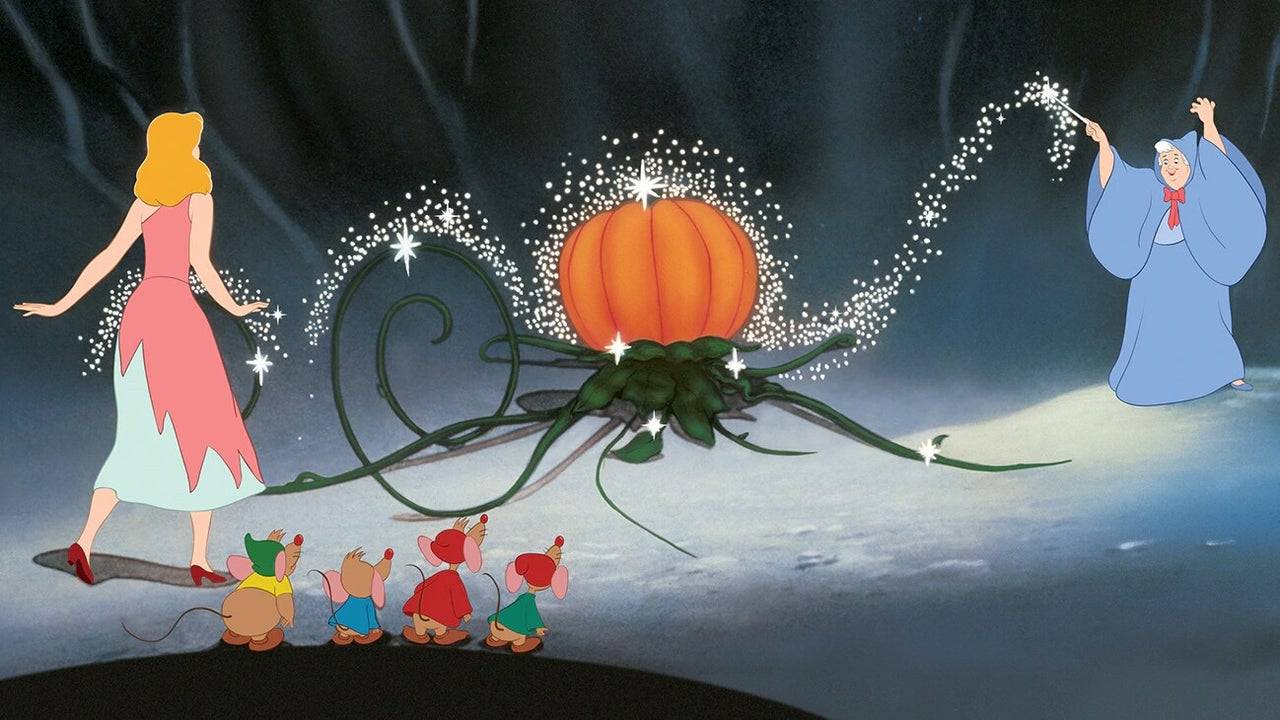
These Package Films, including *Saludos Amigos* and *The Three Caballeros* (part of the U.S. Good Neighbor Policy), helped alleviate some financial pressure. However, they diverted the studio from creating full-length animated features. Walt Disney himself expressed his desire to return to feature films, facing internal conflict and considering selling his shares before ultimately deciding to stake the studio's future on a new animated feature.
"Walt was very good at reflecting the times, and I think he recognized what America needed after the war was hope and joy," says Tori Cranner, Art Collections Manager at the Walt Disney Animation Research Library. "Cinderella was the right choice for that moment in time."
Cinderella and Disney’s Rags to Riches Tale
Walt Disney's fascination with Cinderella dates back to 1922, when he created a short film during his time at Laugh-O-Gram Studios. The story, adapted from Charles Perrault's classic tale, resonated with Disney's own journey—a rags-to-riches narrative of perseverance and dreams. While the Laugh-O-Gram venture ultimately failed, the Cinderella story continued to hold significance for Disney.
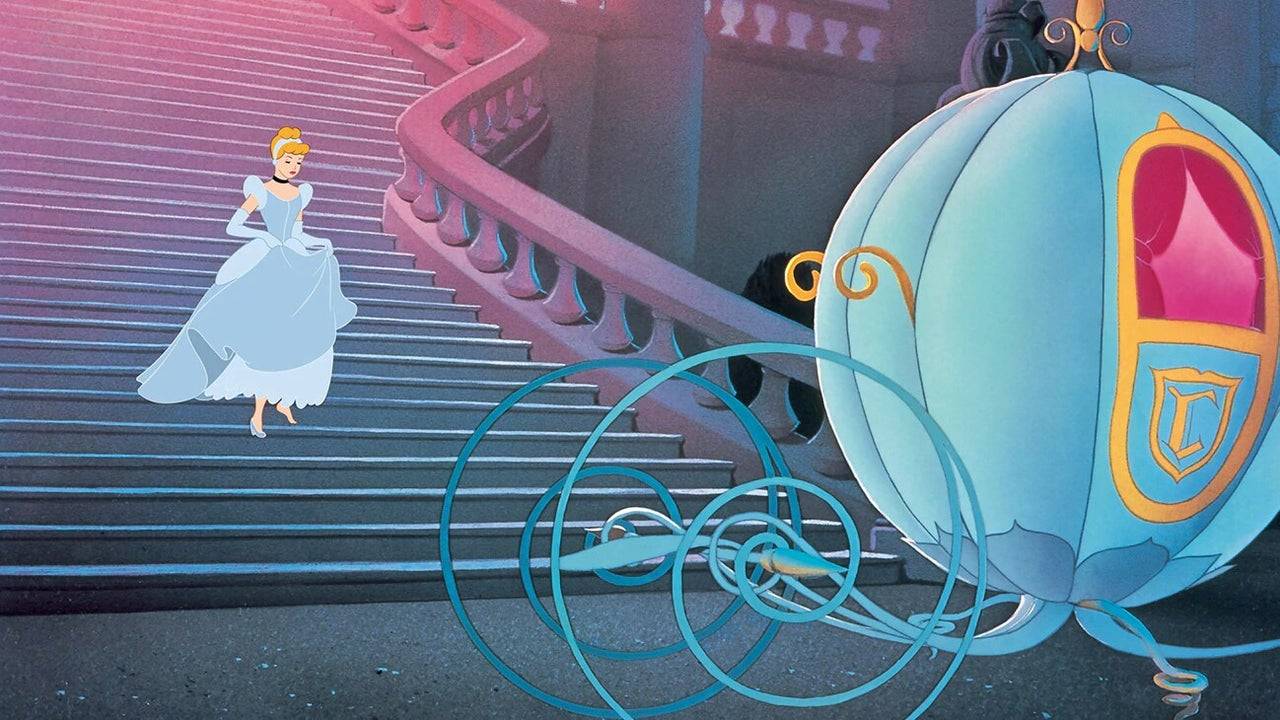
"Snow White was a kind and simple little girl who believed in wishing and waiting," Walt Disney once stated. "Cinderella believed in dreams, but she also believed in doing something about them." This proactive spirit mirrored Disney's own relentless work ethic and determination.
The development of the *Cinderella* feature film spanned over a decade, influenced by the war and other factors. The final product benefited from this extended development, evolving into the beloved classic we know today. Disney's ability to adapt and modernize the fairytale, making it universally appealing and enjoyable, contributed to its enduring success.
"Disney was so good at taking these fairytales and putting his own spin on it," Goldberg notes. "He made these stories universally palatable and enjoyable for all audiences."
The addition of Cinderella's animal companions, the unique portrayal of the Fairy Godmother, and the iconic transformation scene all contributed to the film's magic. The broken glass slipper, a Disney addition, further emphasized Cinderella's strength and agency.
The film's success was immediate and substantial, earning $7 million against a $2.2 million budget, revitalizing the studio and inspiring future projects. The release of *Cinderella* marked a turning point, signaling Disney's return to form and paving the way for future animated classics.
75 Years Later, Cinderella’s Magic Lives On
Cinderella's influence continues to resonate throughout Disney's animation legacy, inspiring modern films like *Frozen*. The transformation scene in *Frozen*, particularly the visual effects, draws direct inspiration from *Cinderella*.
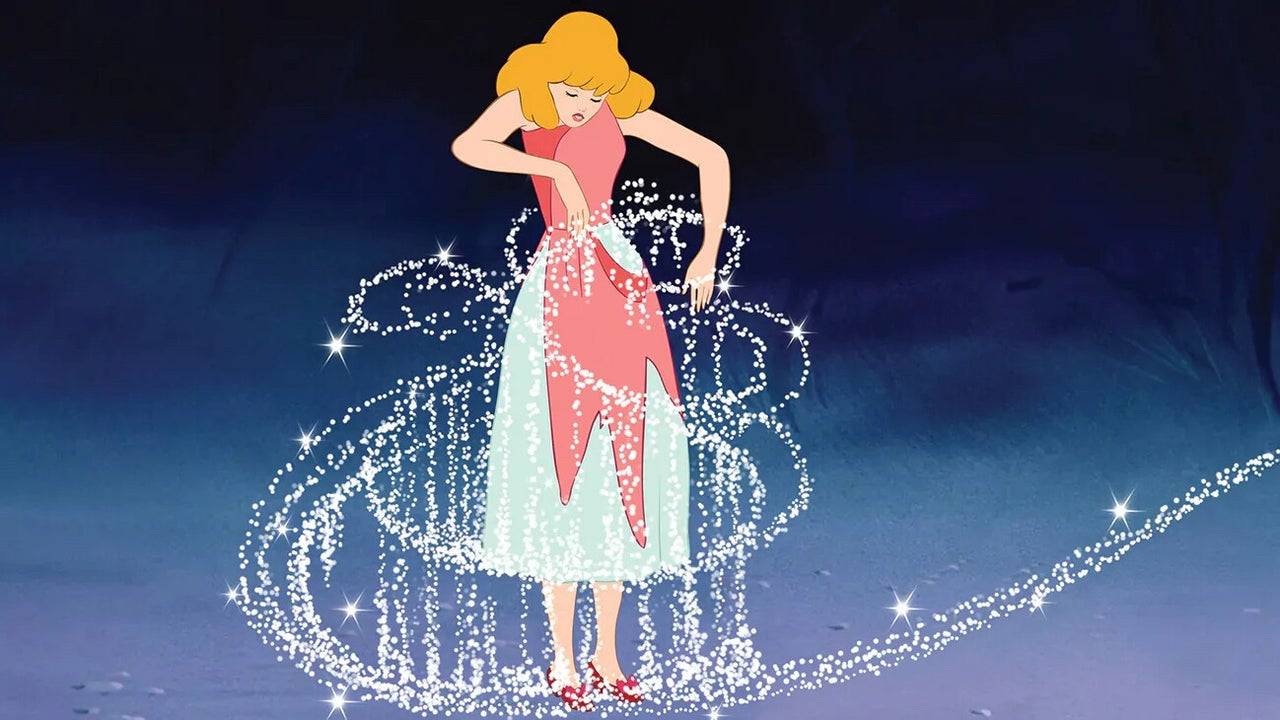
"The big thing about Cinderella is hope," Goldberg concludes. "It gives people hope that things will work out when you have perseverance and are a strong person. Dreams can come true, no matter what time you are living in."


